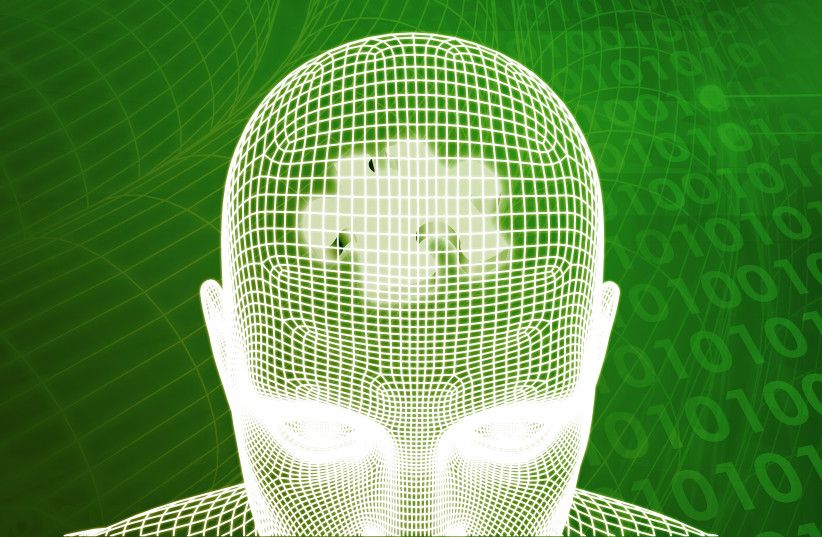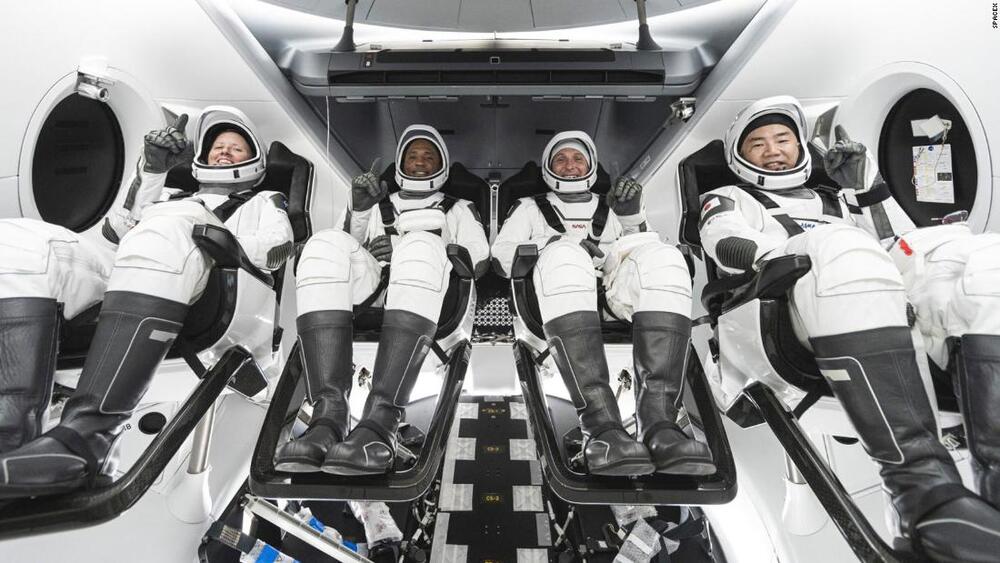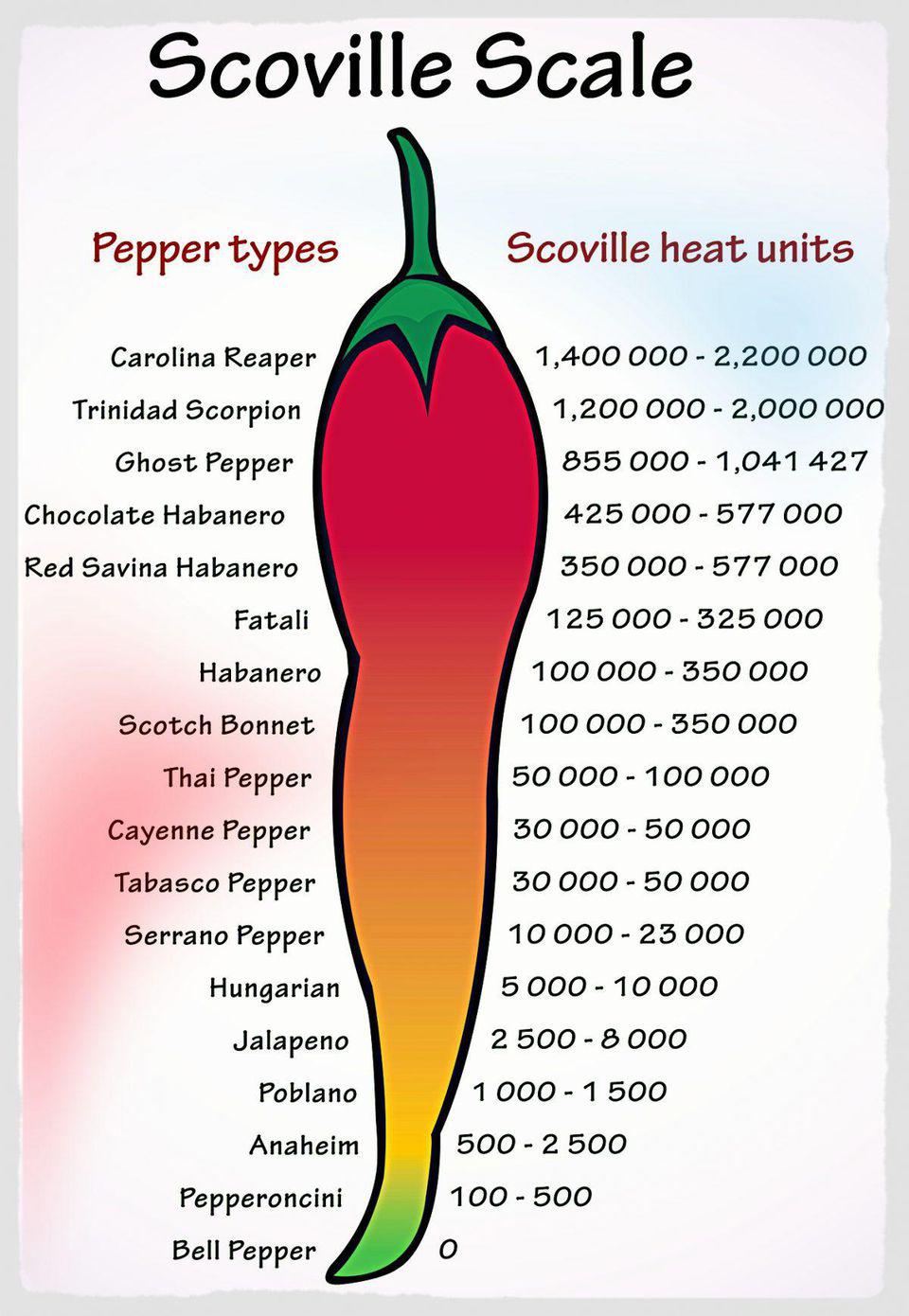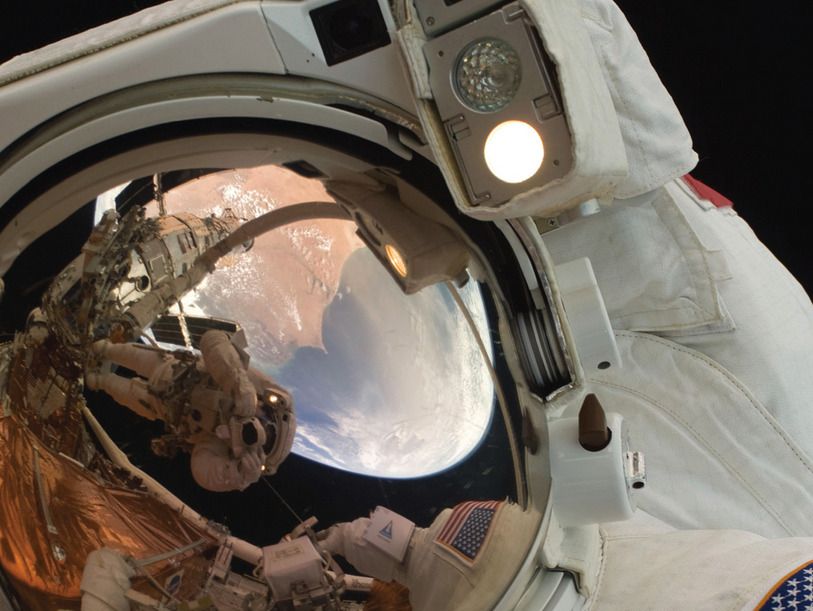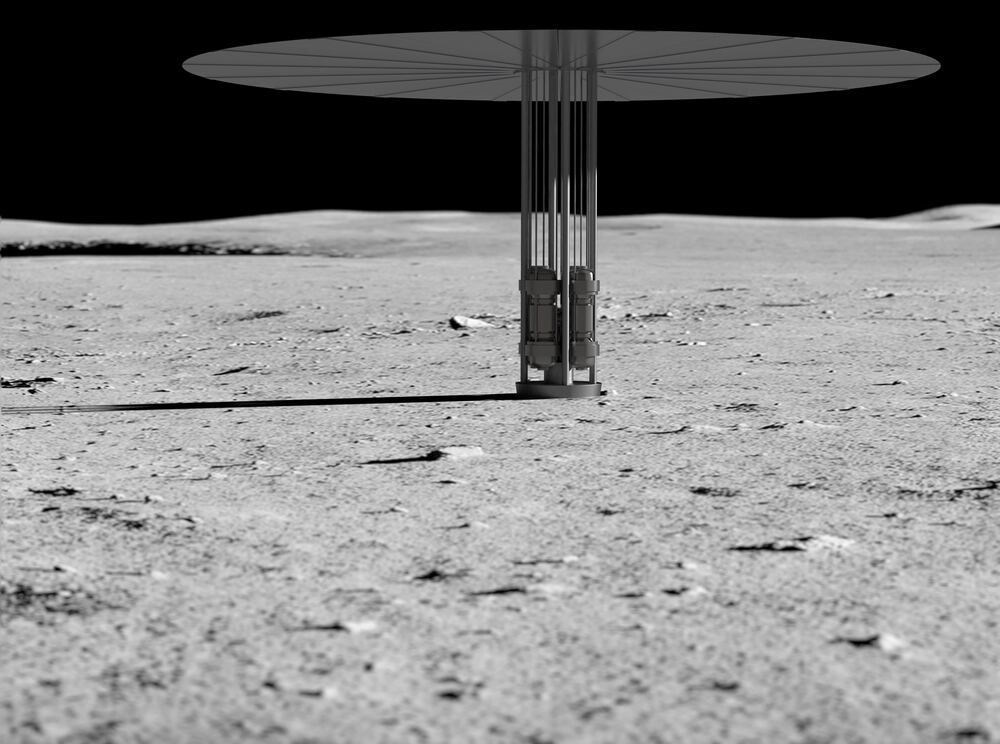These findings represent a bridge in physics, AI and neuroscience, and has the potential to advance on-the-spot decision making in AI.
SpaceX and NASA have spent years working towards today’s Crew-1 mission, which is set to launch from Florida at 7:27 PM EST (4:27 PM PST). This is the first time that SpaceX’s Dragon capsule and Falcon 9 rocket will be officially used as a spacecraft certified by NASA for human flight on a regular astronaut transportation operation. NASA astronauts Mike Hopkins, Victor Glover and Shannon Walker, along with JAXA astronaut Soichi Noguchi, will also be aboard the Dragon spacecraft and, barring any weather delays, on their way to the International Space Station later Sunday night.
SpaceX has already flown people using Dragon – NASA astronauts Bob Behnken and Doug Hurley had the honor of being the first humans ever to be launched to the ISS aboard a commercial spacecraft when they took part in SpaceX’s Demo-2 mission earlier this year. That was obviously a historic achievement, but it was also technically the last stage in SpaceX’s test and demonstration program for Dragon and Falcon 9, whereas today’s Crew-1 launch no longer qualifies as a test. Think of it this way: If Demo-2 was akin to the Wright Brothers’ Kitty Hawk flight, Crew-1 will be the equivalent of the first U.S. scheduled commercial airline flight in 1914.
Crew-1 will be the first time that a full complement of astronauts are flown on Dragon (there are six total seats but NASA has said it will only ever fly a max of four of its and partner agency crew to the ISS on these flights). The astronauts will join the existing crew on the ISS for a regular tour of performing experiments, maintaining and upgrading the station, which will also see the active ISS population swell by one additional astronaut for the first time during a standard rotation, which means more science can get done according to the agency.
What happened: A SpaceX spacecraft carrying four astronauts soared into outer space Sunday — marking the kick off of what NASA hopes will be years of the company helping to keep the International Space Station fully staffed.
What’s next: The Crew Dragon is expected to dock with the International Space Station at around 11 pm ET Monday, November 16.
#emergingtech
Artificial Intelligence & Machine learning (AI/ML): The cognitive technologies AI & ML also have quite a hot measurement on the Scoville pepper scale.
Omo circa 2018.
Humanity has big dreams when it comes to space travel, but our technology isn’t quite there yet. Spacecraft that can take astronauts to Mars and beyond are already in development but some huge questions remain, and one of the biggest issues is food.
Simply packing enough food to last for the entirety of the trip would be terribly inefficient and would leave space travelers in a tight spot if their return is delayed and they somehow run out of things to eat. Growing traditional foods onboard is also a tough sell due to the length of time it would take to grow and harvest it. Now, researchers from Penn State have come up with a novel alternative, and it starts with something astronauts will have no shortage of: poop.
Now that researchers have created time crystals, the next step is to understand more about this bizarre material.
In a remote galaxy, two neutron stars circled one another in a ballet of ultimate destruction and inevitable creation. Both objects were the remnants of massive stars, probably from a binary system, that had become supernovae long before. Each was incredibly massive, with neutrons so closely packed that their cores became diamond. The dance, alas, could not go on forever and the stars collided, releasing unimaginable energy and sending gravitational waves speeding through the fabric of space-time.
In 2017, 1.3 billion years later, astronomers detected those waves with the Laser Interferometer Gravitational-wave Observatory. Albert Einstein’s prediction that the universe should be filled with such faint ripples caused by gravity from massive objects included sources such as neutron star mergers. Yet finding a disturbance in the fabric of space-time from this kind of event had proven elusive until then. When news of the detection of gravitational waves broke, the media wanted to know what else happens when neutron stars collide. Astronomers explained that, beyond the destruction of the stars and the ripples in space, such events also create all the heavy elements we know in the blink of an eye. But what did the media key into? That gold comes from outer space.
Facebook Watch
Posted in space
Click on photo to start video.
LIVE: NASA is launching a crew of four astronauts to the International Space Station. This is the first crew rotation flight of a U.S. commercial spacecraft with astronauts to the International Space Station. The Crew Dragon ‘Resilience’ will carry astronauts Michael Hopkins, Victor Glover, and Shannon Walker of NASA and Soichi Noguchi of JAXA (Japan Aerospace Exploration Agency) to the International Space Station. (Credit: NASA)
NASA and the U.S. Department of Energy will seek proposals from industry to build a nuclear power plant on the moon and Mars to support its long-term exploration plans. The proposal is for a fission surface power system, and the goal is to have a flight system, lander and reactor in place by 2026.
Anthony Calomino, NASA’s nuclear technology portfolio lead within the Space Technology Mission Directorate, said that the plan is to develop a 10-kilowatt class fission surface power system for demonstration on the moon by the late 2020s. The facility will be fully manufactured and assembled on Earth, then tested for safety and to make sure it operates correctly.
Afterwards, it will be integrated with a lunar lander, and a launch vehicle will transport it to an orbit around the moon. A lander will lower it to the surface, and once it arrives, it will be ready for operation with no additional assembly or construction required. The demonstration is expected to last for one year, and could ultimately lead to extended missions on the moon, Mars, and beyond.
A team of researchers have devised a way to verify that a class of complex programs is bug-free without the need for traditional software testing. Called Armada, the system makes use of a technique called formal verification to prove whether a piece of software will output what it’s supposed to. It targets software that runs using concurrent execution, a widespread method for boosting performance, which has long been a particularly challenging feature to apply this technique to.
The collaborative effort between the University of Michigan, Microsoft Research, and Carnegie Mellon was recognized at ACM’s Programming Language Design and Implementation (PDLI 2020) with a Distinguished Paper Award.
Concurrent programs are known for their complexity, but have been a vital tool for increasing performance after the raw speed of processors began to plateau. Through a variety of different methods, the technique boils down to running multiple instructions in a program simultaneously. A common example of this is making use of multiple cores of a CPU at once.
